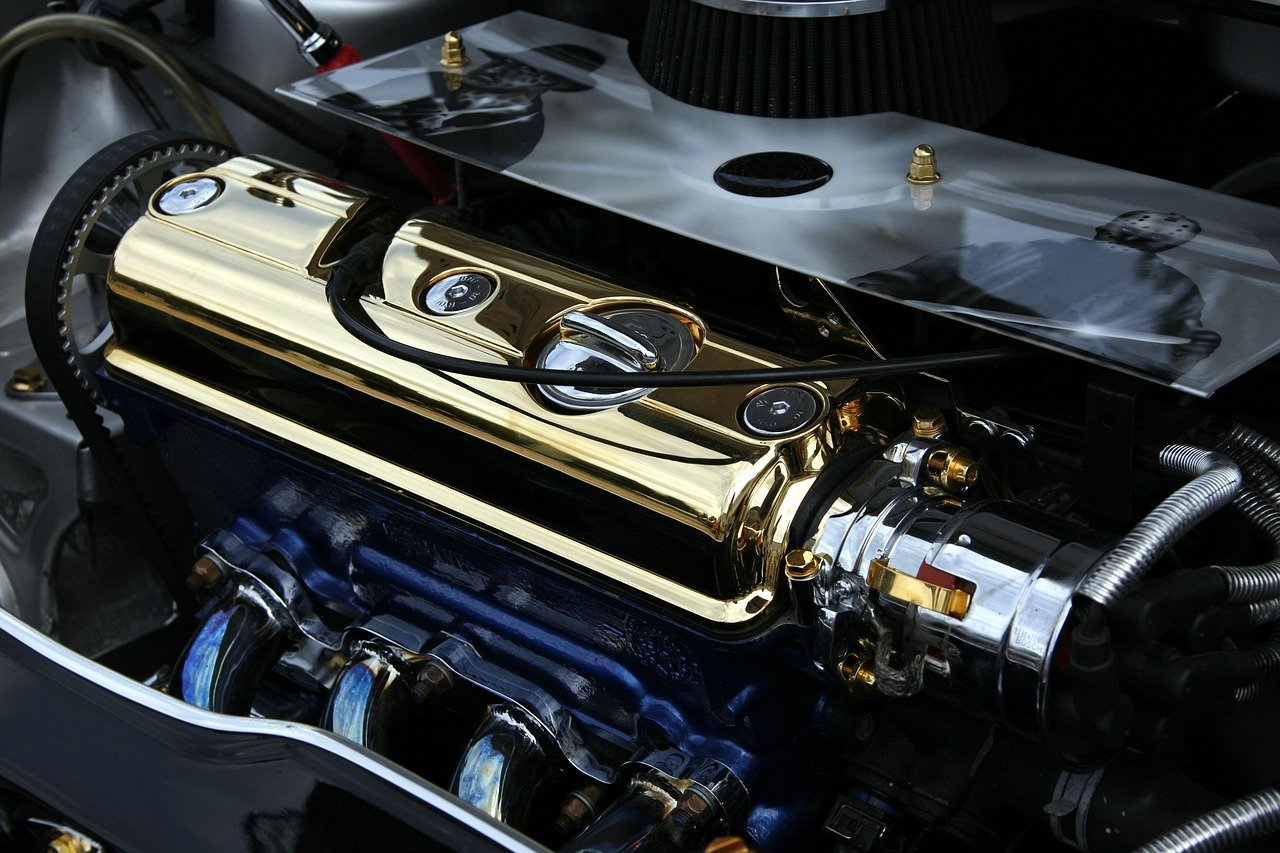Airbrush compressor are one of the most important equipment in airbrushing. They are indispensable. There are various applications of Airbrush Compressors, which include painting. Artists use airbrushing to add that real-life feel to their canvas. The air compressor provides the airflow to achieve this.
An airbrush compressors belongs to the group of machines that converts electrical or gasoline energy to pressurized air. It forces air into pressure-containers or via a pipe to move different kinds of fluid based on its application.
There are three (3) classes of air delivered by airbrush compressors, and they are classified based on the pressure they provide:
1. Low-pressure airbrush compressor (discharges pressure or less than 150 psi)
2. Medium-pressure airbrush compressors (discharge pressure of 151 – 1000 psi)
3. High-pressure airbrush compressors (discharge pressure or 1000 psi and above)
Note: PSI means “Pounds of force per unit of pressure.”
What Type of Airbrush Compressors Are There?
1. Single-stage reciprocating compressor
2. Double stage reciprocating compressor
3. Rotary screw compressor
4. Rotary vane compressor
5. Compound compressor
6. Centrifugal compressor
7. Turbo compressor
8. Scroll compressor
So much can be done with an airbrush compressor, and we’ll take out time to check some of them. They include the following:
Pneumatic devices
Pneumatic devices include all kinds of tools and instruments that utilize or generate compressed air. Examples of such devices include Atomizers, pavement breakers, paint sprayers, forging presses, riveters, blast cleaners, rock drills, etc.
The vast number of usage of compressed air is because the power of compressed air is very flexible, economical, and safe. It can be directed quickly to achieve whatever purpose for which it is made.
A charming example is a paint spray that uses compressed air to convey paints like enamel, lacquer, plastic coatings, or canvases). The color is atomized and then combined with compressed air, where it serves as the motive fluid to drive paint to the painting area.
Brakes in Vehicles
Most buses and trains make use of compressed air or better put, air pressure in their braking system. A piston rod under the influence of the air cylinder exerts a force on the braking device.
Parts that make up the air-brake system of trains and other railroad cars include a compressor, regulators, pipes, pneumatic valves, reservoir, and other accessories.
Rock Drills
It is reasonably arguable that compressed air is the main part of rock drills. Compressed air can be as powerful (force) just as a big metal. The amazing advantage it has over all others is the fact that it is completely safe and causes zero damage compared to others.
Examples of this include percussion hammer also called hammer drill composed of a piston and a drill made of carbon steel. The rapid-moving piston drills hole in the ground by the influence of the compressed air, most commonly resulting in downward-slope.
Cylinders
Cylinders are everywhere. Not all cylinders are filled using the airbrush compressor, but a good number of them are. Divers’ cylinders are filled with oxygen using these air compressors, the same with fire extinguishers.
These cylinders are connected to the bulk cylinder via the air compressor, which forces in the desired gas (for example, Carbon-dioxide for fire extinguishers and Oxygen for Divers’ gas-cylinder) into the cylinder.
Conclusion
Airbrush compressors are always in use. Its wide usage is simply because of the ease and safety it affords its users.
Also Read: Top 10 Best Cool Car Gadgets For Your Car in 2020




